“Leaving US to live in Armenia”: Four different but similar stories
The office of the Chief Commissioner for Diaspora Affairs claims that over the past year and a half, many Armenians living abroad have relocated to Armenia.
“The influx has grown incomparably after the revolution. Armenians believe that Armenia is now a freer country, with better conditions for living and working,” says Hovhannes Aleksanyan, head of the repatriation department.
• Why are Armenians teaching English in China?
• Diaspora – Armenia’s mainstay
The office of the Chief Commissioner for Diaspora Affairs began operating four months ago. This structure replaced the Ministry of Diaspora, which the new government considered insufficiently effective and abolished.
Leading the new department is a repat from the US: the former mayor of Glendale (CA) – 43-year-old political scientist and lawyer Zareh Sinanyan.
Zareh Sinanyan
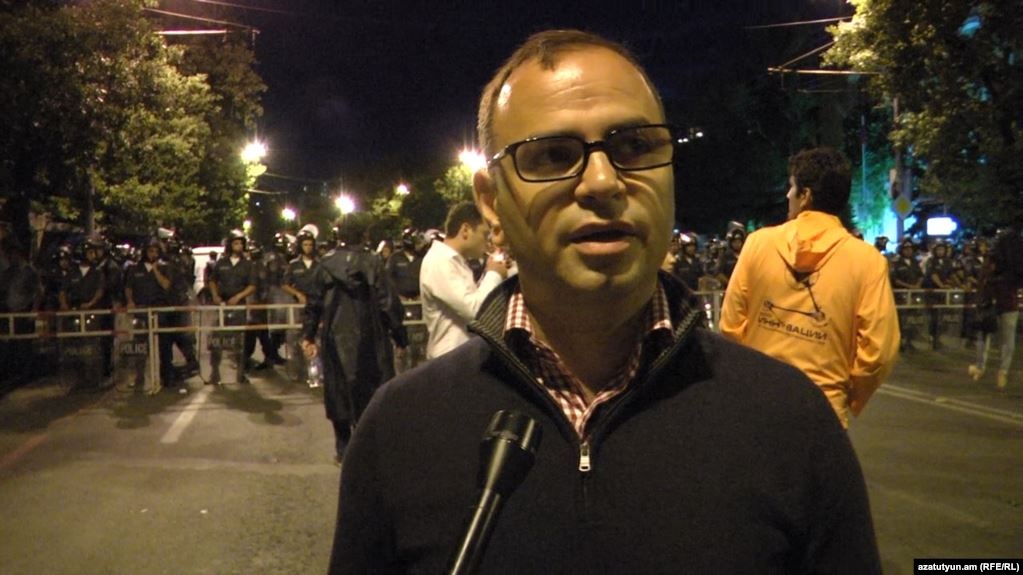
He was born in Yerevan but moved to the USA with his family in 1988.
One year after the Armenian revolution, Zareh resigned as a member of the Glendale City Council in order to move to Armenia and assume the post of the Chief Commissioner for Diaspora Affairs.
Zareh is known for harshly criticizing the former authorities of Armenia, and in the spring of 2018 he supported the “velvet revolution” and its leader Nikol Pashinyan. However, his appointment after the formation of the new government was not unexpected.
When the new government came to power, Zareh Sinanyan stated that the influx of Diaspora Armenians to their homeland is quite realistic: in his opinion, in recent years, the causes of emigration were not so much economic as psychological, but now they are neutralized:
“The Diaspora is … at least five million people, and even if 10 percent return to Armenia … then we are talking about a huge influx, that is, a huge talent pool from which Armenia can only benefit.”
Patrik Azatean
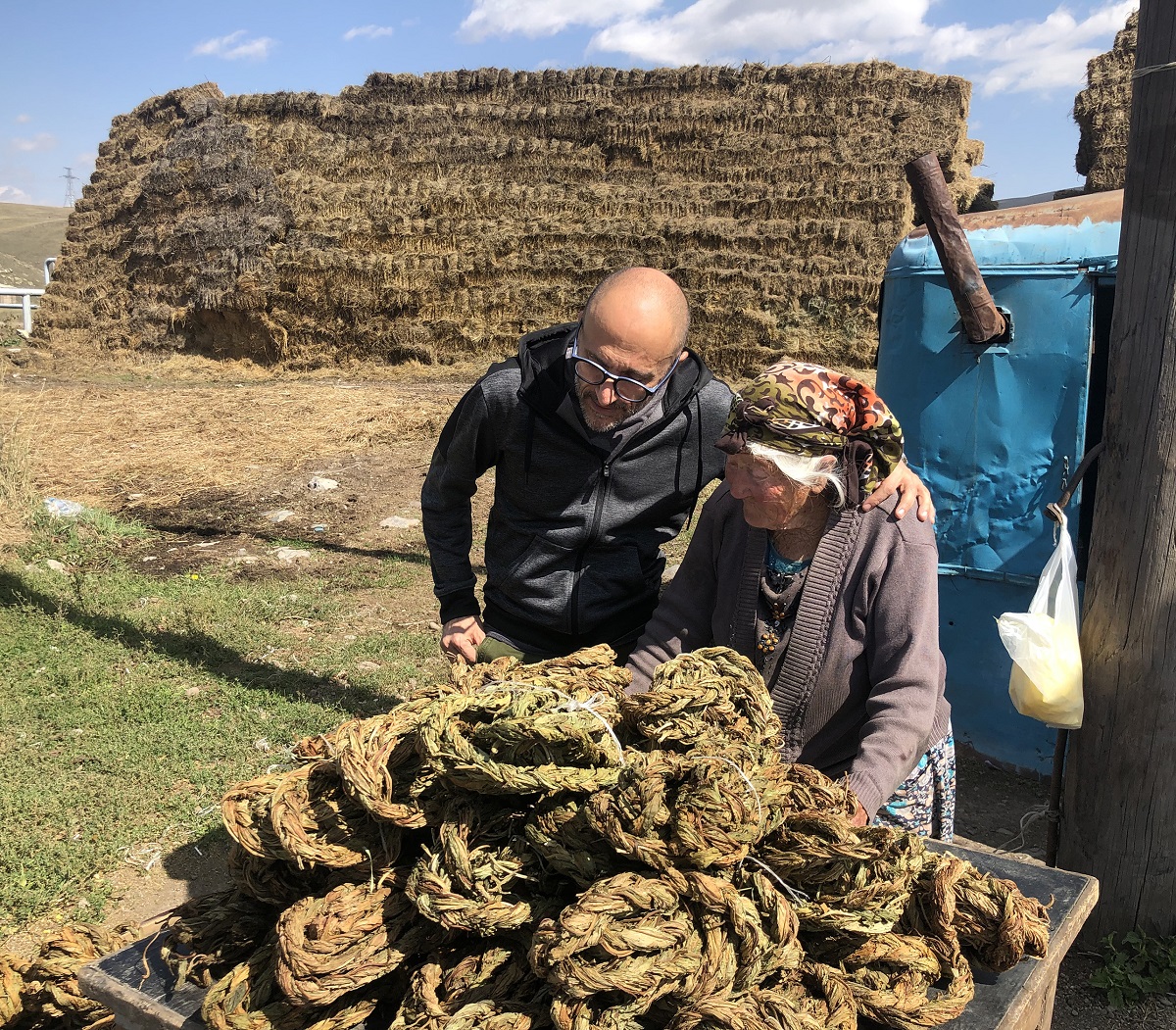
Homecoming for the successful designer Patrick Azatean began with posts on social networks with hashtags # leaving the USA and # living in Armenia . A year later, on his Facebook page appeared a photograph of a cake with a lit candle and a note:
“Today – a year in Armenia / #bdayofrepatriate”.
Since resettling in Armenia, Patrick opened a local design studio. His Armenian employees have changed him, he says, and he – them.
Now, Patrick regrets not moving earlier.
“Together with my compatriots, I’m creating something new, I’m forging a new path for myself. In America, people work, they have a house, a car, children go to university. This is a normal life. But life can be more than that. If you think about Armenia every day, read about Armenia, what’s the point of staying in America? “
Patrick acknowledges that living in Armenia is different from visiting as a tourist:
“You begin to live the drawbacks. This doesn’t mean you are disappointed, no. Just starting to live it all.
People ask me: “Don’t you regret moving? And I don’t. Of course, there are drawbacks – returnees always face difficulties, but they’ve survived again and again. What difficulties are we talking about? There is water, there is electricity, supermarkets too. We have everything we need.”
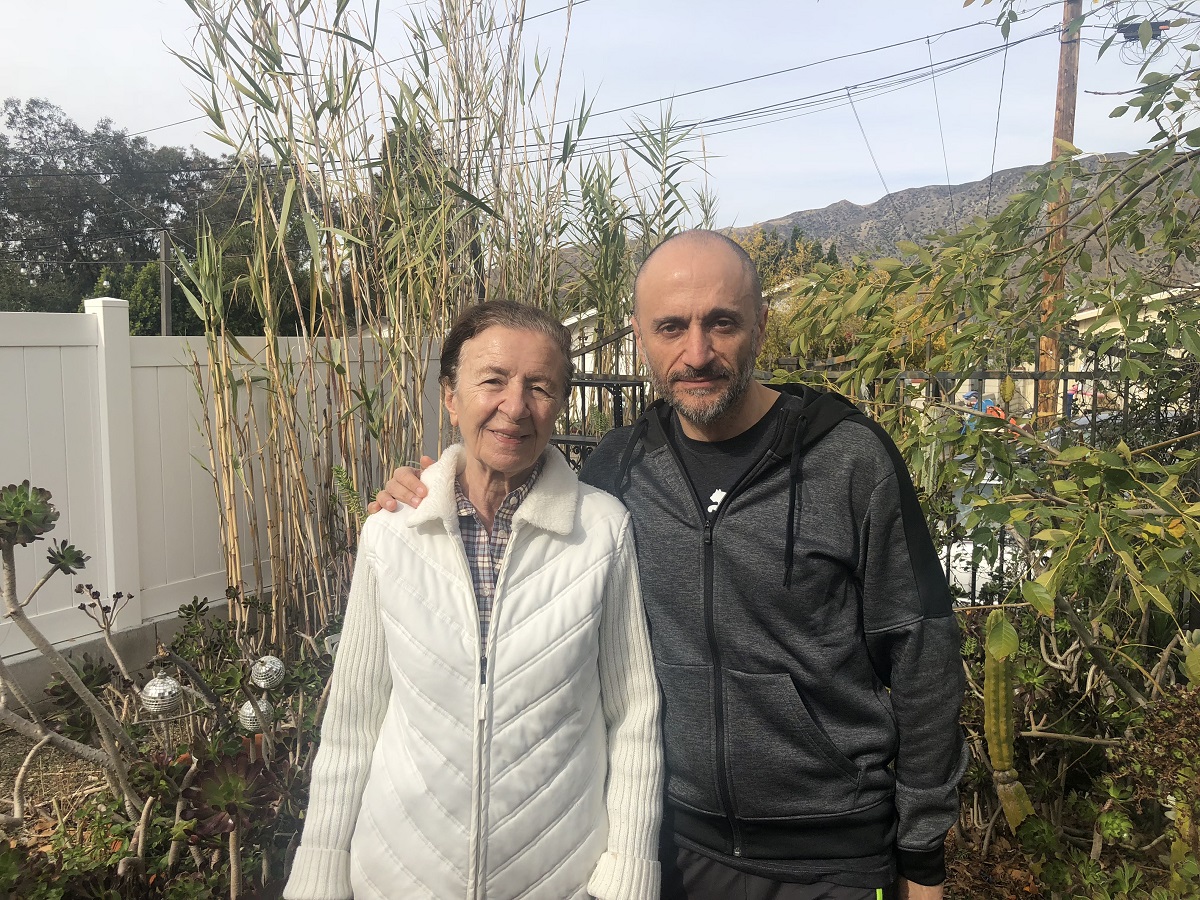
Patrick’s parents, who are still living in America, were very worried about his move to Armenia.
“I told them, “You yourselves raised me Armenian. No one is born Armenian or any other nationality – you are raised according to your culture. Every third generation Armenian American has some relation to Armenia. So I came back. ”
Eva Adalyan

Eva Adalyan left Armenia for the USA with her family in 1992 and lived there for 26 years. At 46, however, she decided to make the move:
“I arrived at the age when your value system changes. I began to envy the people who lived in Armenia. Life in America is full of stress. From afar, it seems different – light and golden. Yes, this country offers many opportunities, but in the end you come to the conclusion that the game’s not worth it. ”
Eva says that she was most afraid of her husband’s reaction to the idea of returning. However, not only Eva’s husband, but her entire family were thrilled with the idea. They made the move altogether.
Eva is a graphic designer, but her passion is jewelry design. Now, she will open a store in Yerevan, the only city where she ever dreamt of opening a store.
“I was panicking before I moved to Armenia. I wanted to live in Armenia while I was still young, and it seemed that my country was moving ahead of me. I returned so enthusiastic I’m still in a state of euphoria. “
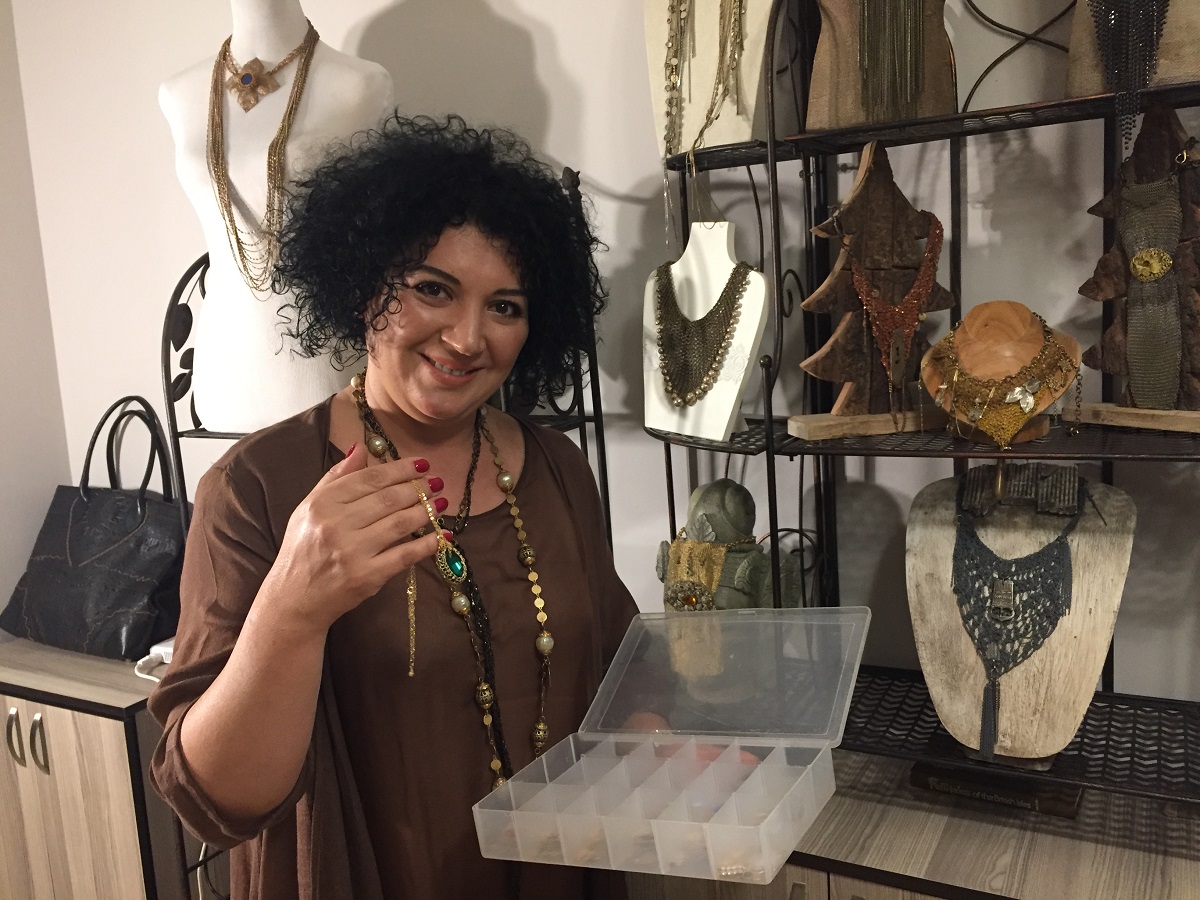
This December will make a year since the Adalyan family relocated to Armenia. Though Eva doesn’t regret her decision, she wants to see change in Armenia:
“It’s hard for people here to smile, give thanks or apologize. We’re constantly demanding something, complaining. Those who spit and throw cigarette butts on the street complain that the city hall does not work well. But those same Armenians in America are becoming law-abiding. I’m not blind, I see all the flaws, but every day I get up in front of the mirror and say to myself: thank you for coming back .
I can say with words from the song of Hakhverdyan: “I love you …, my Yerevan. It’s worth going to the ends of the world to realize these words. ”
Anahit Aramuni Keshishyan
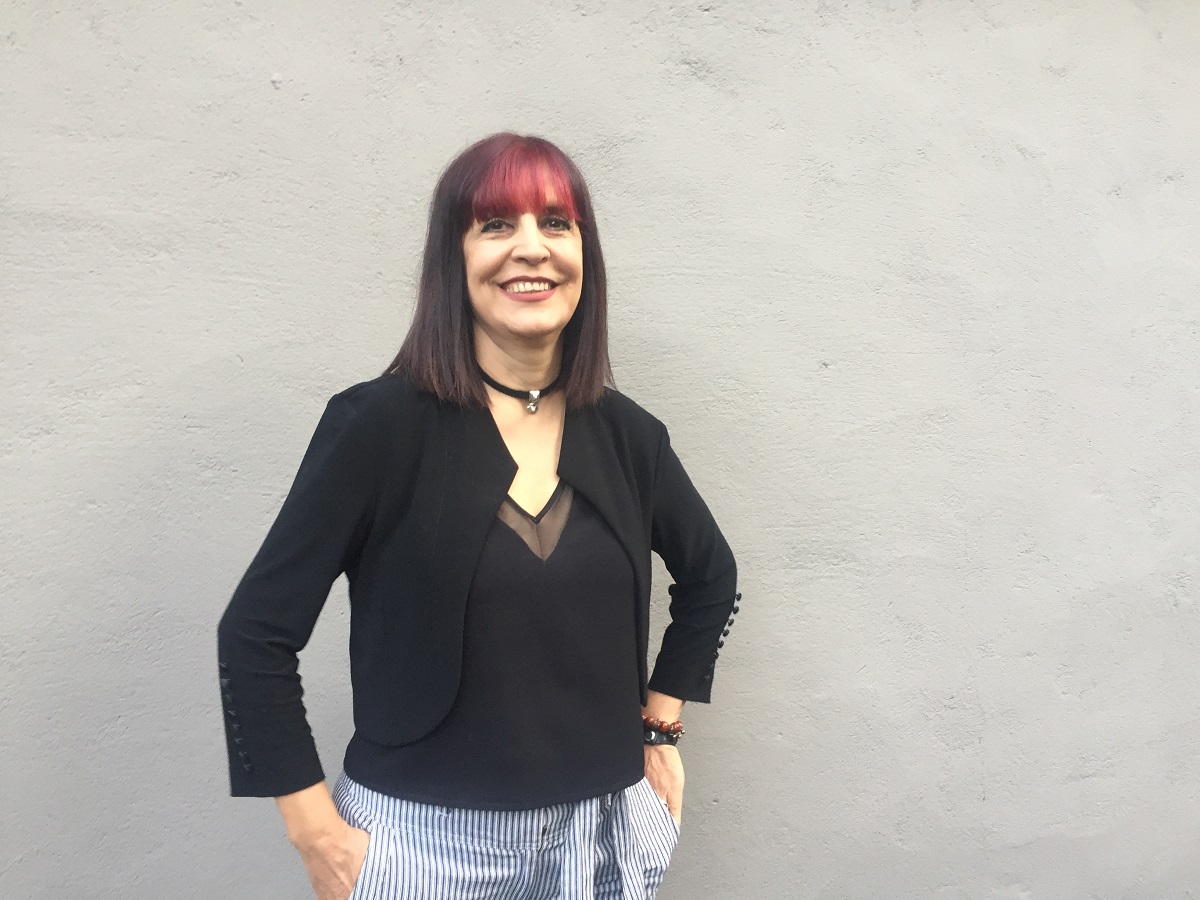
Anahit Aramuni has been living in Armenia for four months. For her, this is her second homecoming. For the first time in 1974, she returned to her homeland with her parents from Iran. After 10 years in the Soviet Union, they moved to the United States.
Now philologist and theater figure Anahit Aramuni is sure that she is returning for good.
She says that it’s not necessarily patriotism that brings her back, but her search for a “good life.”
“In America, I had a good life: a big house, a good car. But when I say “good life,” I mean something else. In recent years, wonderful human relations have been manifested in Armenia, which makes it very attractive. One of the basic human needs is communication. This is what we lose in a rich and luxurious life , ”says Anait, who taught at the University of California for many years.
“Many want to return, but people are afraid. When I was still in the US, I also watched those who returned before me. ”
Anahit also takes a third-party look at her new place of residence and the people around her. Though she is adjusting to Armenia, she again wants to see change in her new home.
Fed up with litter and cigarette butts, Anahit started a mini “revolution” in her building’s courtyard so that people would treat the space with greater respect.
After posting signs and arguing with neighbors, some residents told Anahit “to get out.”
Anahit, however, is not budging.
“I want the building to be clean. People should read and not litter in the courtyard – extinguish cigarettes where appropriate. There is only one solution, people need to be fined for throwing garbage on the ground, ” she says.
Though Anahit is frustrated with some of the drawbacks, she is confident that the country is moving in a positive direction:
“People inside the country don’t notice much, but when you periodically come, you see these changes – both in society and in the whole country. I am encouraged by the changes. When the Diaspora Armenians return and feel good in this country, they are one hundred percent debtors of this people, because they saved this land with their own sweat and blood. Now we must contribute our own proposals and ideas in order to develop this country . ”


















